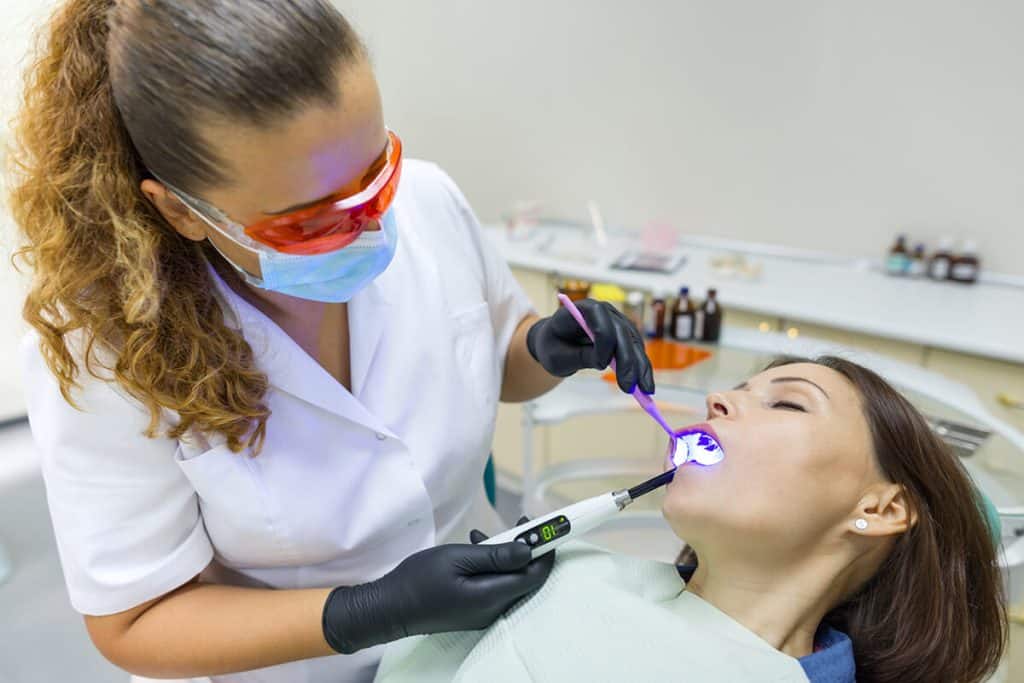Sedation dentistry is revolutionizing the way dental care is approached, especially for those who experience anxiety or fear at the thought of visiting the dentist. This innovative practice focuses on providing a comfortable and stress-free environment by utilizing various methods of sedation to help patients relax during their dental procedures. With options ranging from nitrous oxide to IV sedation, individuals can now receive the essential dental care they need without the accompanying stress and discomfort that often deter them from seeking treatment.
As awareness around oral health continues to grow, many are discovering the benefits of sedation dentistry not only for those with anxiety but also for patients undergoing extensive procedures. By allowing dentists to efficiently perform their work while patients remain calm and pain-free, sedation dentistry enhances the overall experience and promotes better oral health outcomes. In this article, we will explore the various types of sedation available, the safety measures in place, and how this approach can transform the dental experience for patients of all ages.
Types of Sedation Used in Dentistry
Sedation dentistry offers several options tailored to meet the varying needs of patients. Nitrous oxide, commonly known as laughing gas, is a popular choice for its quick onset and recovery time, allowing patients to feel relaxed but still responsive throughout their procedure. Oral sedation involves the administration of medication in pill form, which can be particularly beneficial for those with moderate anxiety. For more extensive treatments, IV sedation provides deeper relaxation, allowing patients to be in a more tranquil state while still under the care of their dentist. Each method ensures that patients can receive necessary dental work without the overwhelming fear that often accompanies dental visits. For more information on how these techniques can benefit individuals dealing with anxiety, visit the website focused on sedation dentistry.

Safety and Benefits of Sedation Dentistry
Patient safety is paramount in sedation dentistry, and practitioners follow rigorous protocols to assess and monitor each individual’s health prior to administering any sedatives. Dentists undergo specialized training to ensure that the sedation process is as safe as possible, and modern monitoring equipment allows for continuous oversight during procedures. The benefits of sedation extend beyond anxiety relief; they include a higher tolerance for pain, reduced gag reflex, and the ability to complete multiple procedures in one visit. By transforming the dental experience, sedation dentistry not only alleviates fear but also contributes significantly to improving long-term oral health outcomes for patients.
In conclusion, sedation dentistry stands as a pivotal advancement in making dental care accessible and manageable for a wide range of patients, particularly those who suffer from dental anxiety or require extensive treatments. By utilizing various sedation methods tailored to individual needs, dentists can create an environment that promotes calmness and comfort, thereby enhancing the overall patient experience. The emphasis on safety and the meticulous care taken to monitor patients throughout their procedures underscores the commitment of dental professionals to prioritize their well-being. As more individuals recognize the advantages of sedation dentistry, it not only encourages regular visits and fosters a more positive attitude towards oral health but also reshapes the narrative around dental care for future generations. This transformative approach empowers patients to prioritize their dental health without the hindrance of fear or discomfort, paving the way for improved overall health and well-being.



